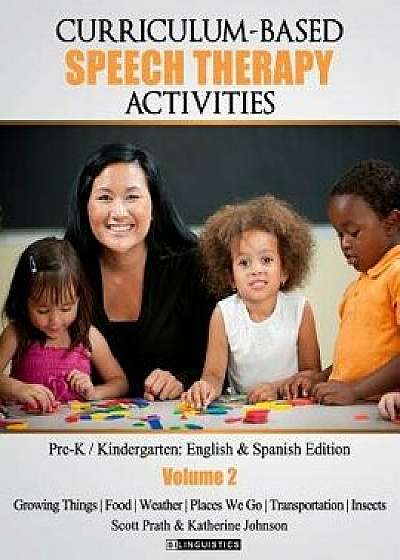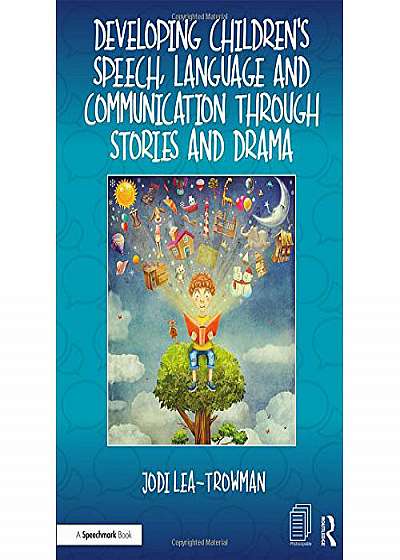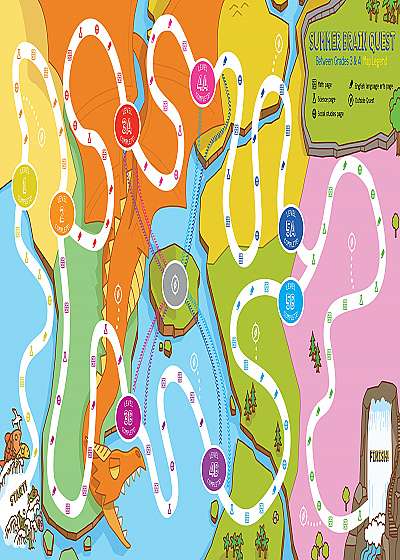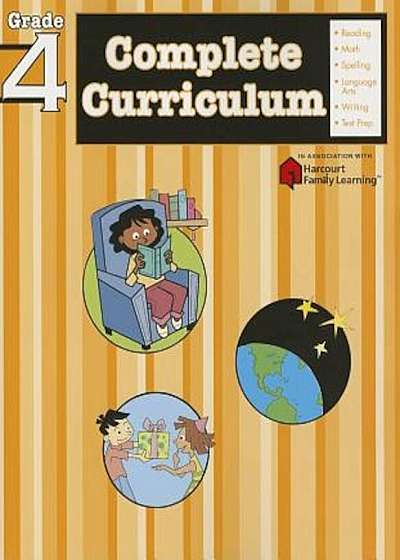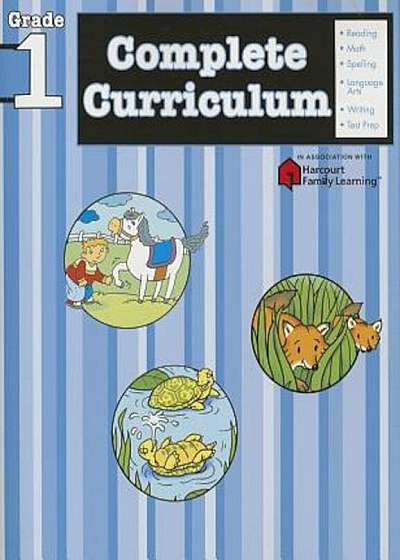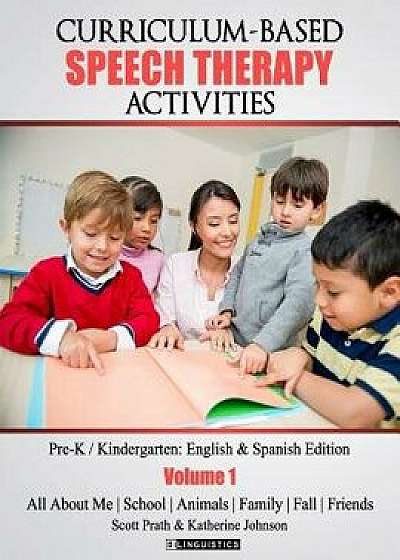
Curriculum-Based Speech Therapy Activities: Pre-K / Kindergarten: English & Spanish Edition, Paperback/Scott Prath M. a.
Descriere
Contributor(s):Author: Scott Prath M. a. Save time planning for therapy and increase your client and student outcomes by using curriculum-based intervention. Curriculum-based intervention materials can simultaneously enrich language and teach academic concepts. This volume contains 150 pages of activities focusing for the academic concepts: All about me, School, Animals, Family, Fall, and Friends. WHY IS USING CURRICULUM-BASED THEMES IMPORTANT TO SPEECH PATHOLOGISTS? The majority of students who receive speech therapy spend thirty minutes or one hour per week with their speech therapist. This equates to approximately 3% of a child's academic day. That means that the majority of her time is spent with parents and her teacher. We also know that the more ways (multi-modal) and times (opportunities) a child practices a skill, the more she will be successful. By using classroom themes we not only access the vocabulary topics, but also provide a way for the child to practice newly acquired communication skills on a topic that she is familiar with. Plus, the homework provides greater communication opportunities on each theme through interactions with the parent. INTERVENTION WITH YOUNG STUDENTS IS SUCCESSFUL WHEN IT: Aligns to curriculum Is multi-modal Hands-on, table-time, floor time, Has buy-in from all educational professionals Increases parent involvement Can be used in a variety of settings Full-day, half-day, in-classroom, group therapy, and individual therapy Takes into consideration second-language influence and low socio-economic status THIS IS EXACTLY WHAT THESE MATERIALS PROMISE TO DO. These lesson plans were developed by a group of bilingual speech-language pathologists who provide therapy services to young children and their families through home- and school-based programs. The goal of many young classrooms is to provide early intervention in order to reduce the need for future services and improve academic outcomes later on. In this model, it is not uncommon f
